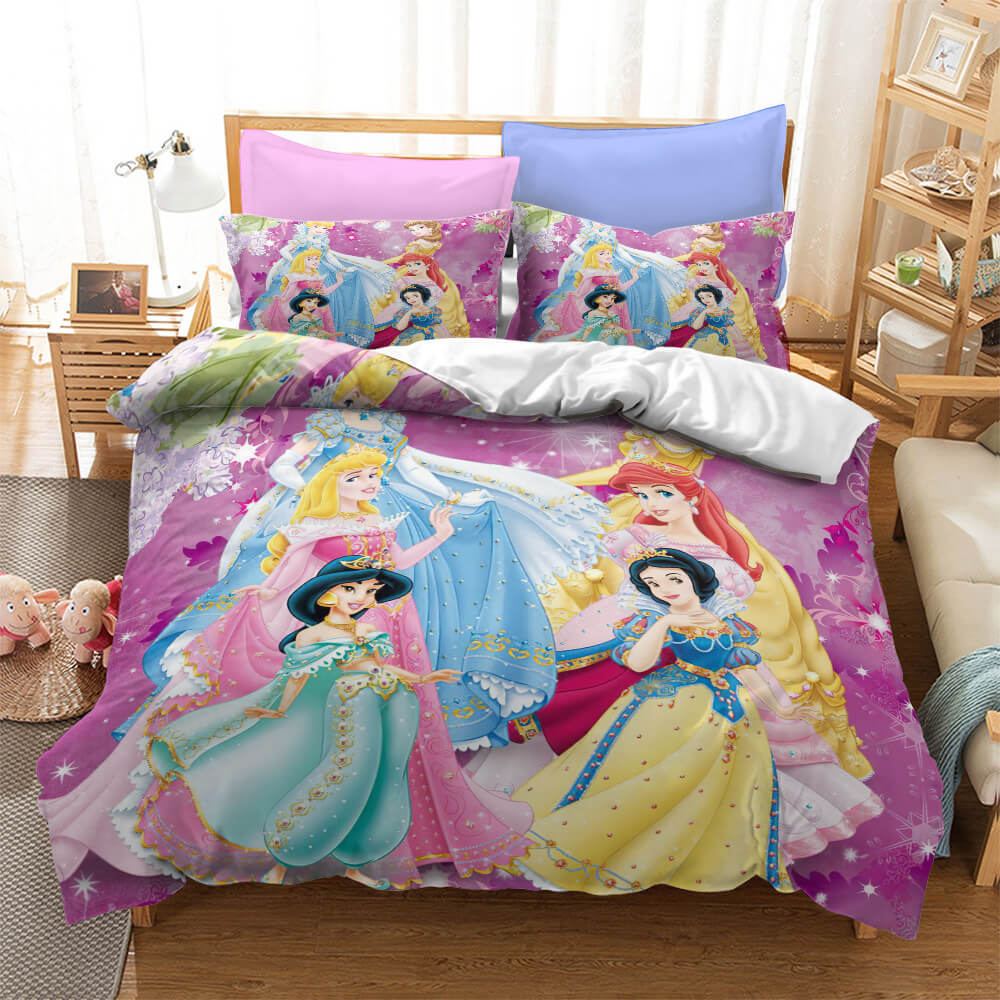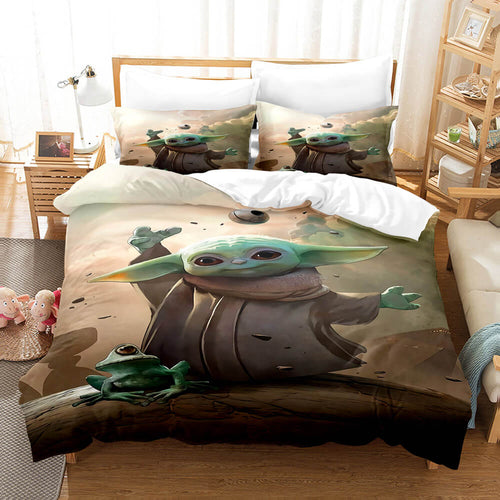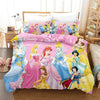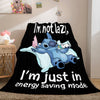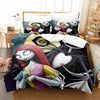As a parent, keeping your children's sleeping environment clean and hygienic is essential for their health and well-being. One crucial aspect of this is ensuring that their bedding is washed and changed regularly to prevent the buildup of allergens, bacteria, and other unwanted particles. But how often should you actually change and wash your children's bedding to maintain a sanitary space?
The answer to this question can vary depending on a few factors such as your child's age, allergies, and personal hygiene habits. In general, it is recommended to wash your children's bedding at least once a week to ensure a clean and healthy sleeping environment. This includes washing their sheets, pillowcases, and any other items that come into direct contact with their skin.
However, there might be some situations where more frequent washing is required. For instance, if your child has allergies or is prone to getting sick, it may be beneficial to wash their bedding even more often to reduce the presence of allergens and bacteria. Additionally, if your child sweats excessively during the night or experiences nighttime accidents, it is crucial to change and wash their bedding as soon as possible to maintain freshness and prevent odors.
How Often Should You Change Kids' Bedding?
As a parent, you want to ensure that your children's bedding is always clean and comfortable. To maintain a healthy sleep environment, it's important to change and wash the bedding on a regular basis. Typically, you should change and wash your kids' bedding once every 1 to 2 weeks. However, certain factors may require more frequent changes.
If your child has allergies or is prone to respiratory issues, you may need to change and wash their bedding more often, possibly every week to reduce the accumulation of allergens like dust mites and pollen. Be sure to use hypoallergenic bedding materials and a gentle, fragrance-free detergent.
Children who are in the process of potty training or prone to bedwetting should have their bedding changed immediately after an accident. If bedwetting is a frequent issue, consider using mattress protectors and washable pads that can be easily changed and cleaned.
During warmer months, when children tend to sweat more, it is recommended to change and wash their bedding more frequently, possibly once a week, to maintain a fresh and comfortable sleeping environment. On the other hand, during colder months when sweating is less of a concern, you can stick to changing and washing the bedding every 2 weeks.
In summary, it's crucial to change and wash your children's bedding regularly for their health and comfort. Be sure to adjust the frequency according to your child's specific needs and circumstances. Remember that maintaining clean and hygienic sleeping conditions is essential for a good night's sleep and overall well-being.
How Often Should You Wash Kids' Bedding?
It's important to keep your children's bedding clean to maintain a healthy sleeping environment for them. Generally, you should aim to wash your kids' bedding every one to two weeks. This frequency may vary depending on several factors, such as:
-
Allergies or sensitivities: If your child has allergies or sensitive skin, it's best to wash their bedding more frequently, perhaps once a week or even more often in some cases.
-
Sickness: During flu season or when your child is unwell, it's a good idea to wash their bedding more often to minimize the spread of germs and help your kid recover faster.
-
Bedwetting or spills: In case of accidents like bedwetting or spills, the bedding needs to be washed immediately to prevent stains and odors.
An easy way to remember when to wash the bedding is by incorporating it into your regular laundry routine.
Other essential components to remember when maintaining kids' bedding are:
-
Pillowcases and sheets: Wash pillowcases and sheets every one to two weeks or as needed.
-
Mattress protectors: Since these protect the mattress from spills and dust mites, it's important to wash them every two to four weeks, or as needed.
-
Blankets and comforters: These can be washed every one to two months or more frequently if your child is prone to allergies.
By following these guidelines, you'll ensure that your children's bedding is clean and hygienic, promoting a healthy and comfortable sleeping environment for them.
Child's Duvet Age and Best Option
What Age Does a Child Have a Duvet?
As a parent, you may wonder when is the right time to introduce a duvet to your child's bedding. Generally, it is safe to start using a duvet for children aged 2 or older. This is because, by this age, they have usually outgrown the risk of Sudden Infant Death Syndrome (SIDS) and possess enough motor skills to remove a duvet if they feel too hot or it covers their face.
When transitioning your child to a duvet, it is essential to choose the right size, thickness, and materials for comfort, warmth, and safety.
What Is the Best Duvet for a Child?
Selecting the best duvet for your child involves considering several factors:
-
Tog rating: The right tog rating depends on the room temperature where your child sleeps. For warmer months, a lighter duvet with a tog rating of 4.5 is recommended. For colder months, a duvet with a tog rating of 9 would be more suitable. Remember to avoid using a duvet that is too heavy or thick, as it may make it harder for your child to breathe.
-
Size: Choose a duvet size that fits their bed, ensuring it is not too large, as this poses a risk of entanglement. Typically, a cot bed duvet size is around 120x150cm.
-
Materials: Opt for hypoallergenic materials, such as microfiber or a wool-cotton blend, to reduce the risk of allergies. Additionally, choose a duvet with a high-quality, breathable, and tightly woven cover to help regulate your child's body temperature.
In conclusion, selecting the appropriate duvet for your child is essential for their comfort and safety. Consider their age, room temperature, duvet size, tog rating, and materials when making your choice. Regularly washing and changing their bedding is also vital for maintaining a hygienic sleep environment.
Ensembles de literie imprimés bricolage









